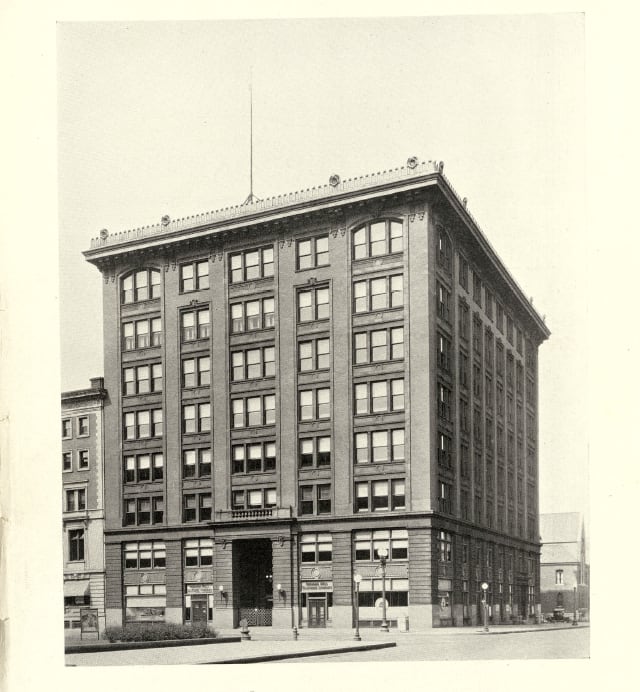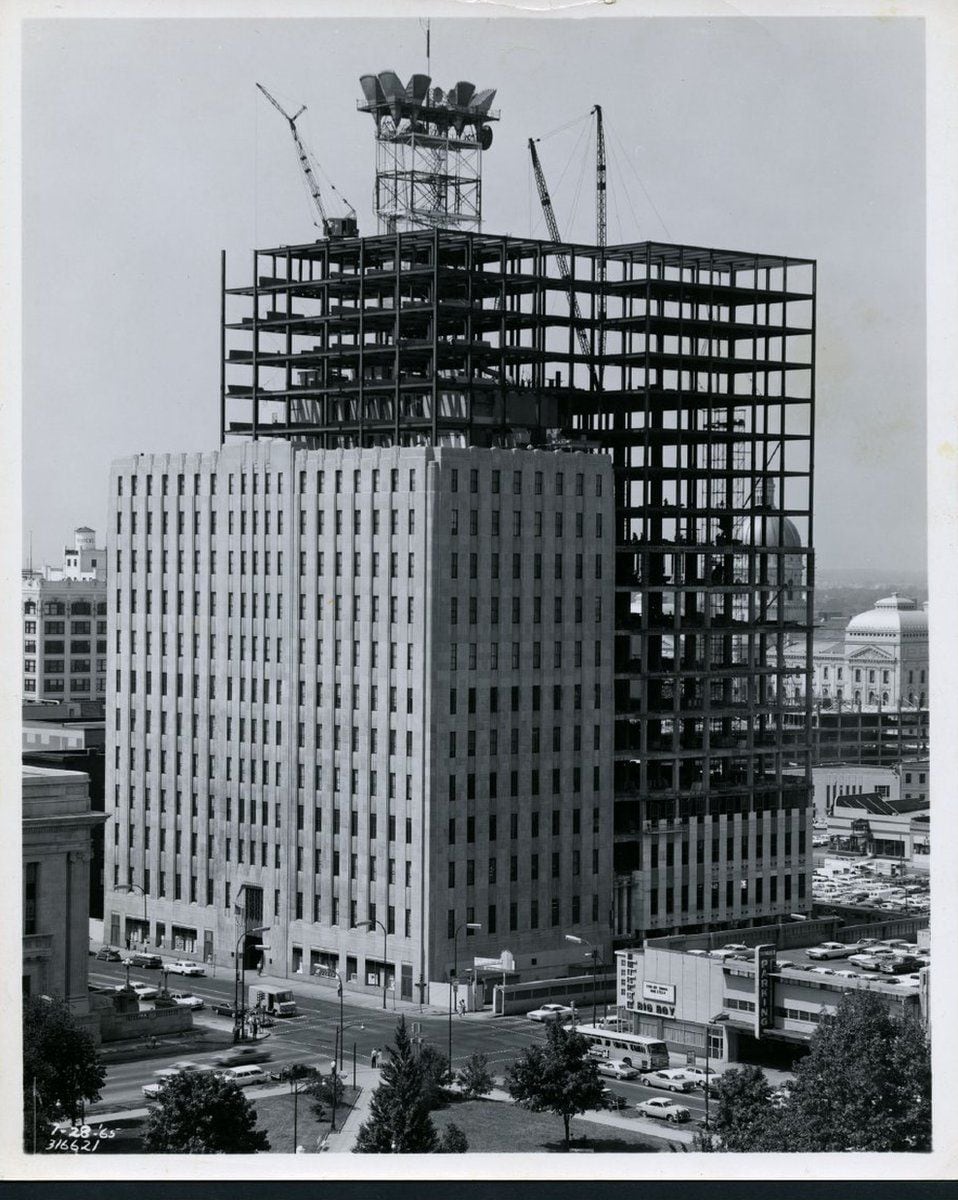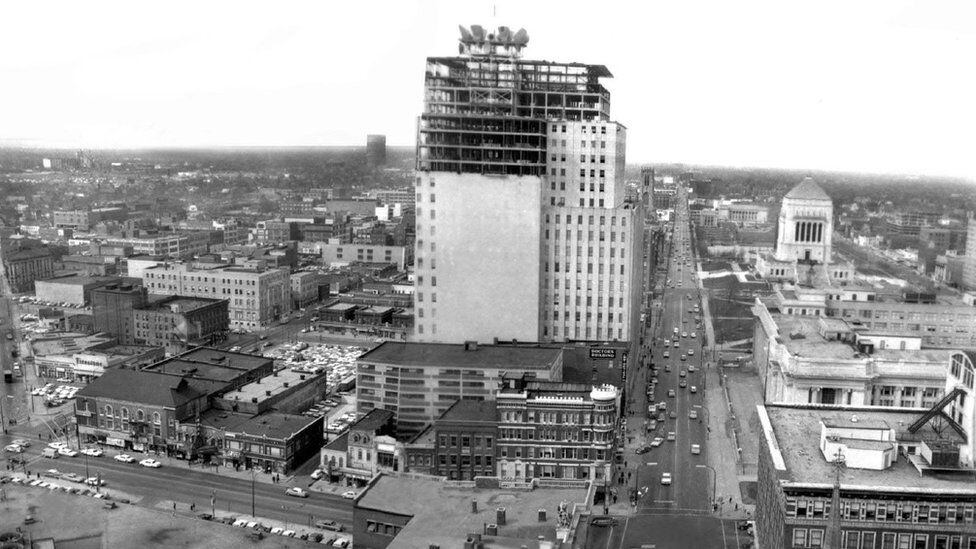In engineering terms, moving a building that weighs tons is relatively easy today.
In the last century the techniques have been refined, the machines in charge of the transfer are more powerful and the methods vary, from the installation of helium balloons to rails like those of trains or ropes.
Look: USA: three marines arrested for participating in assault on the Capitol
Structures of all kinds have been relocated: old Victorian houses, apartment buildings, schools, factories and even entire bus stations.
But in the 1930s, moves of this kind posed a monumental challenge.
In the case of Indiana Bell Telephone Company headquartersin Indianapolis, United States, what was done is a bit more complicated: the construction was pivoted 90 degrees horizontally.
The building had eight floors and weighed 11,000 tons.
The amazing thing is that the process was carried out while staff were still working inside of the building.
Every morning while the work lasted, the company’s 600 workers entered and exited through a door that was not even in the same place as the day before.
A wooden moving platform allowed employees and the public to enter and exit the building at any time while the move was in progress.
Cables and pipes were lengthened to make this possible so there was no interruption to phone service or gas, heat, or sewer service.
The process was carried out in just over four weeks with pinpoint precision and gave the Indiana Bell Telephone Company, a subsidiary of AT&T, the long-awaited area to expand its headquarters.
More space
In 1929, the company’s managers realized that the space they had on North Meridian Street had become too small, so they thought about demolishing the old block, built in 1907, to build a larger structure. .
However, as a telephone company, the headquarters offered an essential service to the city and disconnecting it was not possible.
The solution adopted was move the old structure to the back parcel to erect the new building on the vacant lot.

The transfer began in October 1930 with the help of dozens of manual hydraulic jacks and a steam engine.
“The agreed plan calls for the original eight-story building to be moved from its current corner location to the rear of the property,” wrote newspapers at the time.
The project “clears an area of 60 by 30 meters on which the new building will be erected,” the company’s board announced.
During the next four weeks, the huge brick and steel building it moved inch by inch 16 meters south, turned 90 degrees, and then moved west again 30 meters.
The company did not lose a single day of work nor did he interrupt his service during the entire period.
If the photographs of October 25 showed the façade, in those of November 8 you could already see the side and the cables that made movement possible, at the time the block was inches away from reaching its destination.

The building stood for 33 years in its new location, until it was demolished to make room for another new extension from headquarters.
different methods
“Basically, there are two methods of relocating buildings: dismantle the building and rebuild it in the new position or move the entire building preserving the structure,” Irene Rodríguez, a senior engineer at the British firm Mace Group, explains to BBC Mundo.
“Process selection is made based on many factors. The distance to go It’s one of the most important,” he adds.
In addition, explains the expert, there are differences depending the type of building it is.
“It is not the same to move a building with load-bearing walls to another that has the steel structuresince in the process it will be necessary temporary reinforcements in the structure to avoid the collapse during the relocation”.
The most common thing today is for firms to go to specialized engineering companies in these types of projects.

And so it was also done in 1930.
“The twist and motion of the ancient building presents some very interesting problemsparticularly since the change must be made without interruption of the service”, acknowledged the advice of the company.
“The project is in no sense an experiment. The contracting company that will do the work has an enviable track record to successfully handle much more complex motion problems.
“The plan was adopted only after long and careful consideration of both the safety and economics of the move.
“It is interesting to note that it has definitely been shown that at no time during the work will the strength of the building be diminished, and that during the movement the foundations will be so strong as at any other time”, explained the directors.
With the move completed in December 1930 and the new building ready for occupancy in late 1932, Indiana Bell moved into a modern and recognizable headquarters in the skyline from the city.
Source: Elcomercio
I am Jack Morton and I work in 24 News Recorder. I mostly cover world news and I have also authored 24 news recorder. I find this work highly interesting and it allows me to keep up with current events happening around the world.

:quality(75)/cloudfront-us-east-1.images.arcpublishing.com/elcomercio/GIYDCNZNGAYS2MRQKQYDAORSGA.jpg)

:quality(75)/cloudfront-us-east-1.images.arcpublishing.com/elcomercio/Y5NNYXRIQBGSRM2WPQUKA7ZLFM.jpg)
:quality(75)/cloudfront-us-east-1.images.arcpublishing.com/elcomercio/7URAPFTLDBHF5IUGOQBXDAPBGE.jpg)
:quality(75)/cloudfront-us-east-1.images.arcpublishing.com/elcomercio/TGSWXFBH5ZAPPOFSSWRE5TKOPY.jpg)
:quality(75)/cloudfront-us-east-1.images.arcpublishing.com/elcomercio/BAGOKPJAORGA7BKM5SOV4F2ELM.png)
